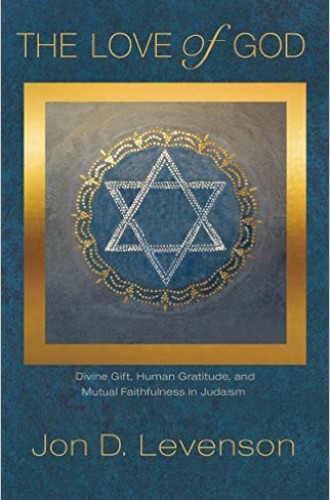The Love of God, by Jon D. Levenson
Jon Levenson is among the most important and most discerning theological interpreters of the Bible. In another time I might have written, “among our most important and most discerning Jewish theological interpreters,” and Levenson is indeed vigorously Jewish in his interpretive work. But his work is of immense interest and importance for Christian readers as well.
His new book reflects on the centrality of the theme of love of God in the Hebrew Bible. The three components of Levenson’s subtitle suggest the range and depth of his exposition. The emphasis on “mutual faithfulness” reflects an accent on covenantal transactions that are vigorously dialogical—surely a hallmark of serious Jewish reading of the biblical text.
Of Levenson’s five chapters, the first three focus intensely on specific biblical texts. The exposition goes to the core of the distinctive pattern of covenantal faith. Because Christian Old Testament scholars share Levenson’s sense of the dynamic of that interaction, Christian interpretations have more in common with Levenson’s work than with much reductionist Christian theology that fails to appreciate this notion of dynamic interaction and mutuality.





